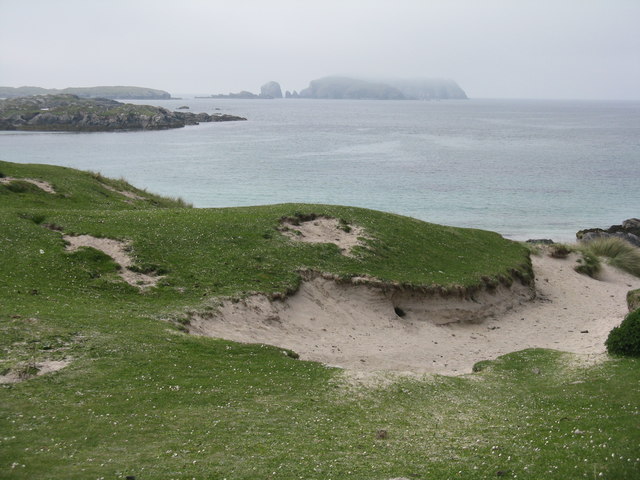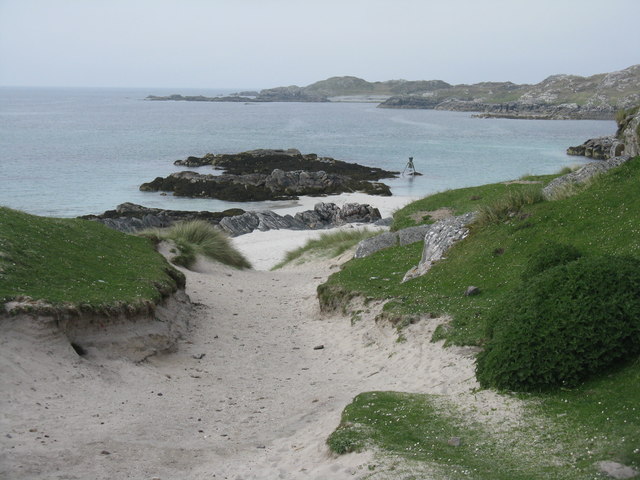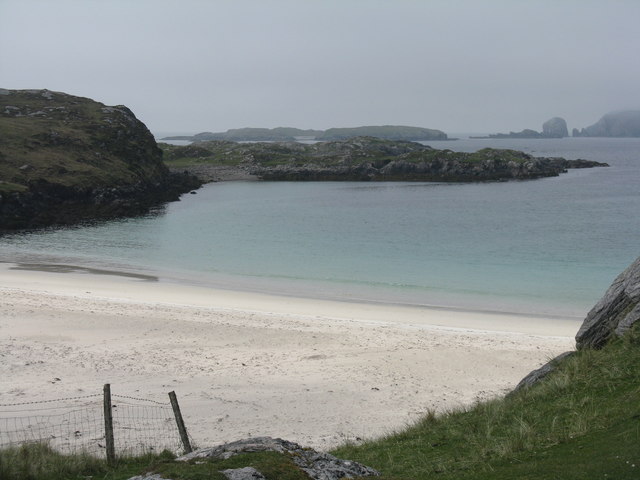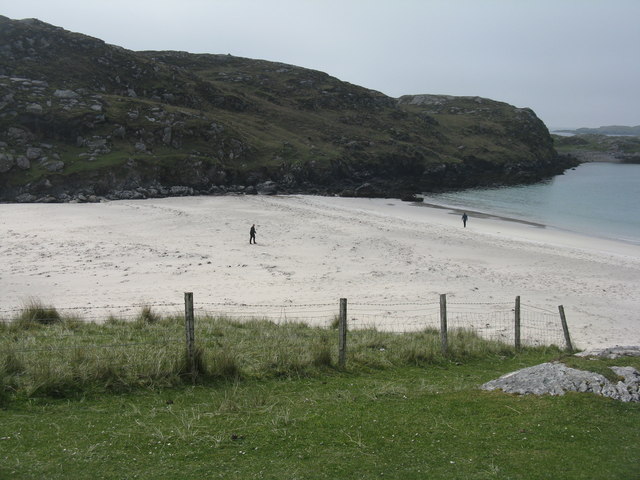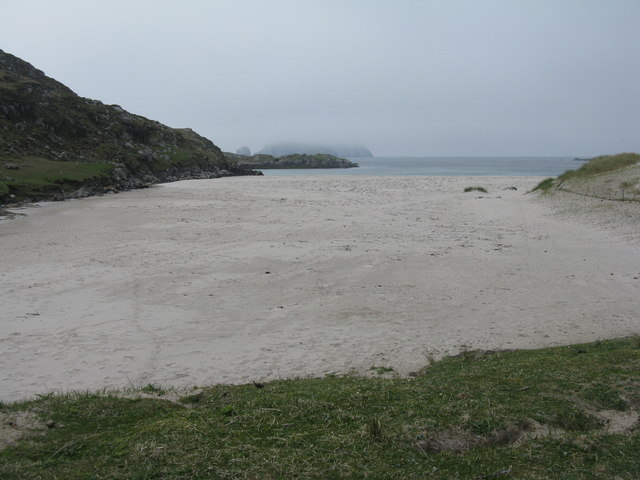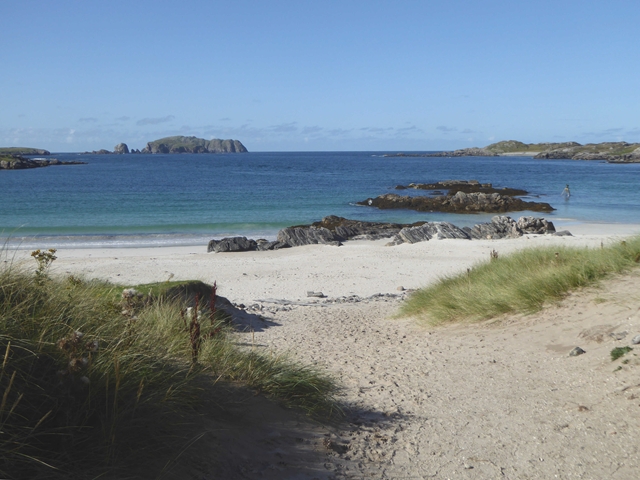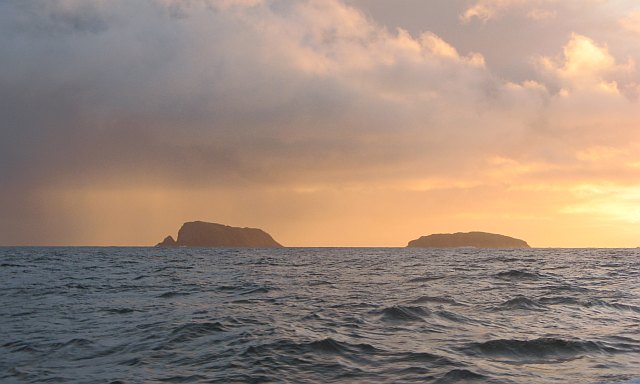Geodha Gainmhich
Coastal Feature, Headland, Point in Ross-shire
Scotland
Geodha Gainmhich
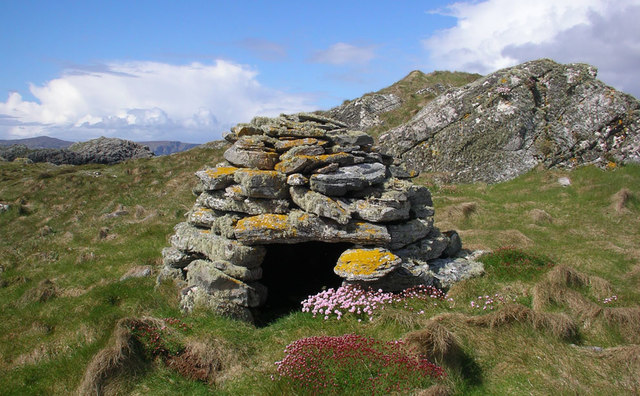
Geodha Gainmhich is a coastal feature located in Ross-shire, Scotland. It is a prominent headland that extends out into the sea, forming a point that offers stunning views of the surrounding coastline. The name Geodha Gainmhich translates to "rocky cove" in Gaelic, which accurately describes the geological composition of the area.
The headland is characterized by rugged cliffs and rocky outcrops, which have been shaped over time by the relentless forces of the sea. These cliffs provide a nesting habitat for a variety of seabirds, including guillemots and kittiwakes, making it a popular spot for birdwatching enthusiasts. The surrounding waters are teeming with marine life, and seals can often be spotted resting on the nearby rocks.
Geodha Gainmhich is known for its breathtaking landscapes, with panoramic views of the North Sea and the nearby mountains. The headland is a haven for outdoor enthusiasts, offering opportunities for hiking, photography, and exploration. There are several walking trails that lead visitors along the cliff tops, providing access to the stunning vistas and allowing them to immerse themselves in the natural beauty of the area.
The headland is easily accessible by road, with a nearby car park offering convenient parking facilities. It is a popular destination for both locals and tourists alike, who come to experience the rugged charm and unspoiled beauty of Geodha Gainmhich. Whether it is to enjoy a leisurely stroll along the coastline, observe the abundant wildlife, or simply take in the awe-inspiring views, Geodha Gainmhich is a coastal feature that truly captivates all who visit.
If you have any feedback on the listing, please let us know in the comments section below.
Geodha Gainmhich Images
Images are sourced within 2km of 58.268704/-6.9068535 or Grid Reference NB1241. Thanks to Geograph Open Source API. All images are credited.



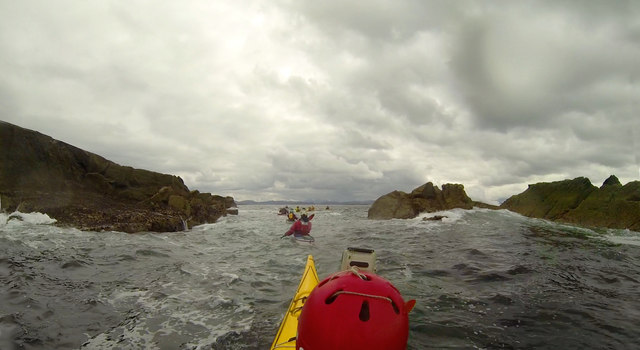
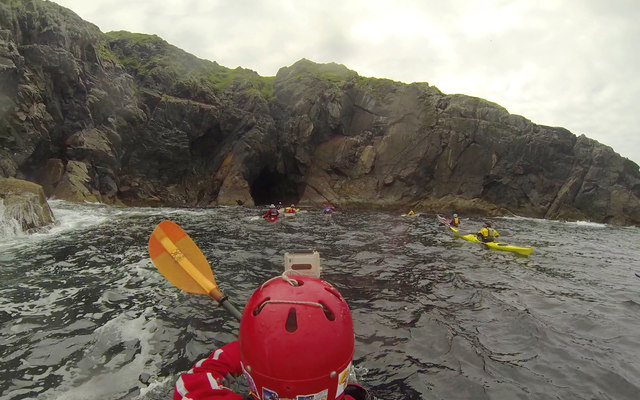
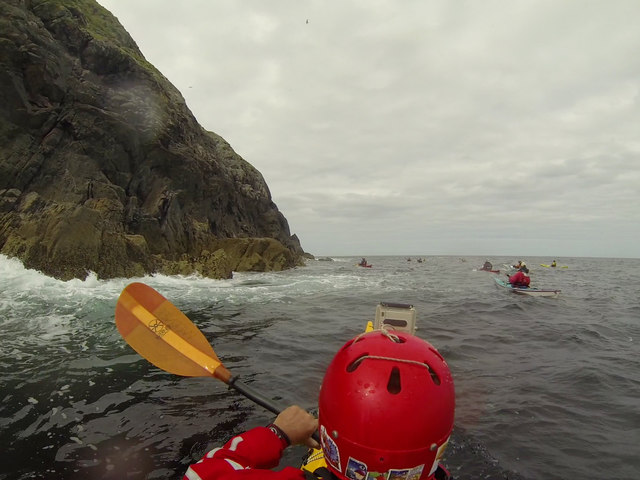
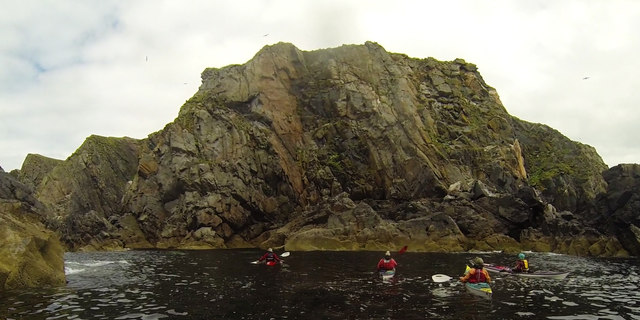
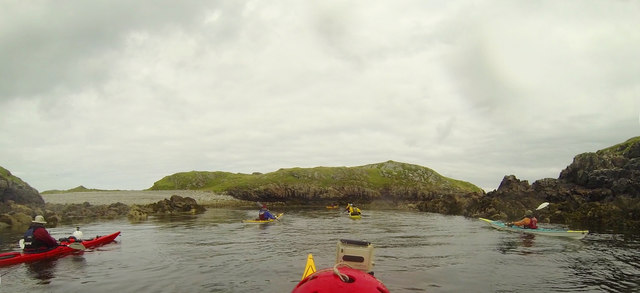
Geodha Gainmhich is located at Grid Ref: NB1241 (Lat: 58.268704, Lng: -6.9068535)
Unitary Authority: Na h-Eileanan an Iar
Police Authority: Highlands and Islands
What 3 Words
///diary.terms.succumbs. Near Carloway, Na h-Eileanan Siar
Nearby Locations
Related Wikis
Flodaigh (Outer Loch Ròg)
Flodaigh is an islet in outer Loch Ròg, Lewis, Scotland. It lies north west of Great Bernera and Little Bernera, south of Bearasaigh and Seanna Chnoc and...
Bearasaigh
Bearasaigh or Bearasay (and sometimes Berisay) is an islet in outer Loch Ròg, Lewis, Scotland. During the late 16th and early 17th centuries it was used...
Seanna Chnoc
Seanna Chnoc (English: "old hill"), correctly known as Seana Bheinn is an islet in outer Loch Ròg, Lewis, Scotland. It lies north west of Great Bernera...
Little Bernera
Little Bernera (Scottish Gaelic: Beàrnaraigh Beag) is a small island situated off the west coast of the Isle of Lewis in the Outer Hebrides.Little Bernera...
Nearby Amenities
Located within 500m of 58.268704,-6.9068535Have you been to Geodha Gainmhich?
Leave your review of Geodha Gainmhich below (or comments, questions and feedback).
